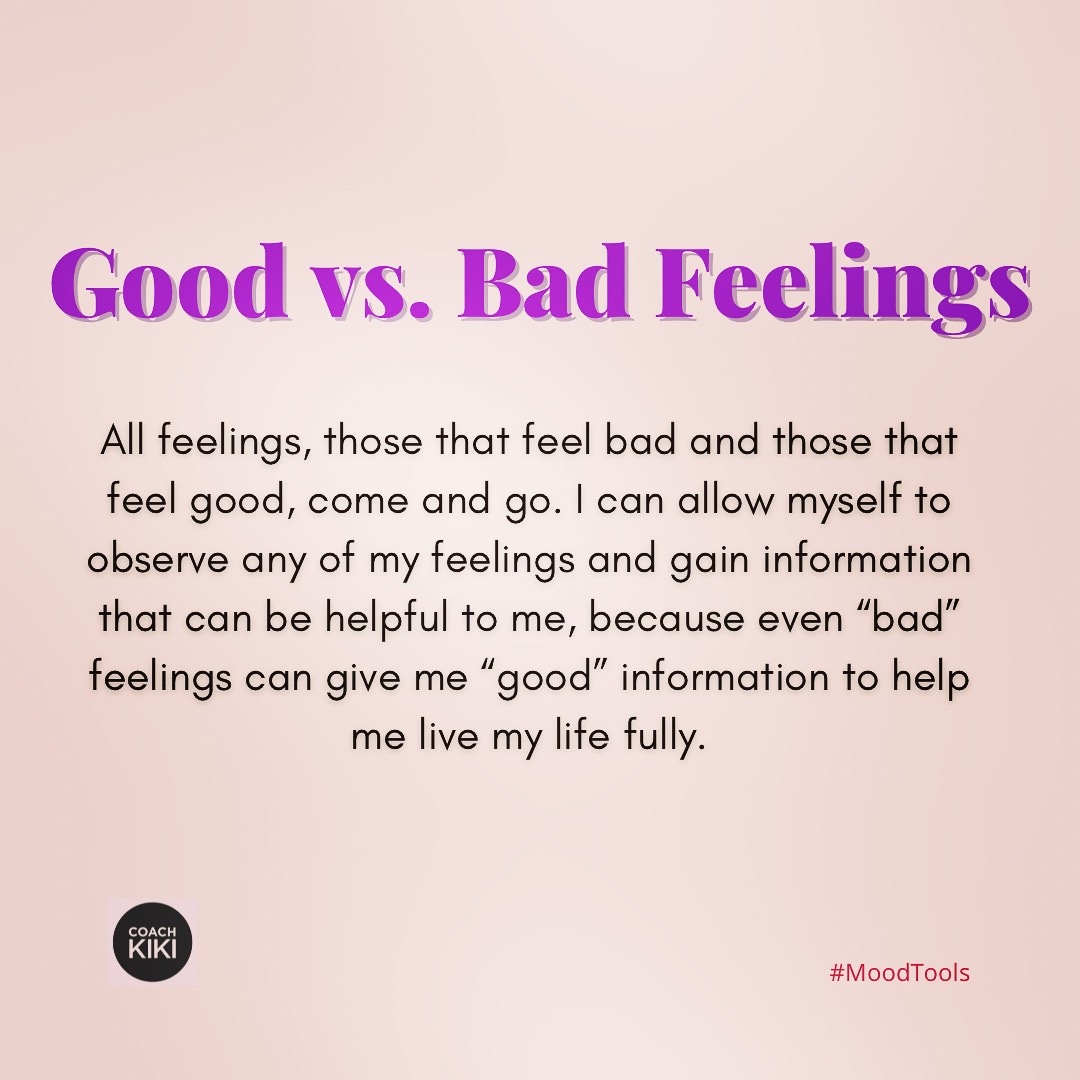I’m sort of known as a pro at feelings.
But that wasn’t always the case. I kind of have a lot of stories to prove it.
There’s the one about how I was painfully shy as a child, teen & early adult: “I used to give myself assignments in my personal journal——like, ‘Today, you will look two people you aren’t friends with in the eye in the school hallway & say hi to them first, not hi back.’ Saying hi back was hard enough; saying hi first felt so impossible that I failed the first assignment & had to write in my journal that evening, ‘Lesson 2: Try again tomorrow.’”
A follow-up goes, “When I say, ‘painfully shy,’ I mean that quite literally. I used to blush when people I didn’t know very well spoke to me. Then when I realized I was blushing, I’d blush even harder & eventually there was so much blood rushing through my cheeks that it actually hurt!”
If only I’d had a communications coach in my corner back then who could give me my very own Key Motto™——something along the lines of, “It’s okay to feel embarrassed” or “Embarrassment is just another part of life.” Or: “All feelings come & go ….”
The closing line to all of my true-life, I-used-to-be-so-shy stories is this: “And now I speak to audiences of hundreds!”
… It goes without saying that I host my own weekly podcast & community radio show, as well.
My secret (that’s not all that well-kept) is that I actually am still shy & have been, still am & always will be an introvert who prefers private one-on-one conversations to any sort of public affair. But I’m what’s known as a social introvert, so I do love to socialize & be at the party … then I plug in a little private, quiet downtime to “de-people myself,” (as I call it in the journal that I still diligently keep).
My secret hack for surviving the show side of life is this:
I simply pretend——onstage, at the radio/podcast microphone or even when I am writing this——that I’m just talking casually & openly to one trusted friend.
This anonymous friend can be someone I’ve known my whole life or someone I’m just meeting; the point is that they are safe. I can share with them without fear of judgment. I can be confident. And so I simply am.
It’s not an act then, when I enter this mindset. I have the emotional capacity to speak more slowly; be more present; pause to make contact with every audience member (or at least every side of the room & every person in the front row).
It saves me from the phobic blackout at the podium that I experienced in debate class in high school; that clients of mine with public speaking phobias still encounter at the start of our work together.
My stories & their stories are similar.
Usually, these are professionals in a wide variety of fields——doctors who must present to panel boards of their peers; professors who have found their own hacks to speak in a cloistered classroom setting, but balk at their department’s ask of them to emcee a university-wide arena event; media salespeople who are great at closing one-on-one deals for air time or ad space, but can’t stand the idea of working the room at their companies’ trade show booths or networking events.
The goals are always the same: Identify the fear. Embrace that it exists. Remind ourselves that we can do hard things & still survive. Model & create a place of safety (that one is for me as their coach!). And break down the big thing into small steps to practice one by one & prove to our brains & bodies that the big thing in small steps won’t kill us. (“Look two people in the eye.” “Try again tomorrow.”)
Sometimes it’s not just the public speaking portion that throws people off. I’ve also had experience coaching:
aestheticians who feel awkward making small-talk with people in their chairs or on their tables;
HVAC installers who struggle to gauge the right amount of conversation to politely & peacefully enter clients’ homes, but get the job done & get out the door on time for the next job;
bank branch managers, finance VPs, real estate agency owners & attorneys in family law firms who each find out on the job that the more skilled they are at their work, the faster they move into positions that ask them to actually do less of what they’re great at (banking, number crunching, real estate sales & law) & more of monitoring people who are doing what they used to do … & not usually as well.
All of this takes emotional intelligence. It’s the hot topic in every venue in 2025. And it’s what I’ve been learning through research, practice & teaching for an entire lifetime——half a century!——in an official professional role for over 15 years.
Some of my life lessons almost killed me.
In those 5 decades, my innate shyness & social introversion were surrounded by other outer life experiences, both positive & negative, plus internal rejection that compounded the responses I had inside, so that the negative experiences were amplified & the positive ones diminished. Instead of letting myself process the experiences, I ignored, bypassed or neglected my own emotional needs for processing.
I learned to “try again tomorrow” after mental health diagnoses & episodes; medication consumption, medication abuse & addictive self-medication; even a suicide attempt & survival.
With that practice, I went far deeper than hacks to take honest assessments of my personal strengths & challenges … &, yes, to break down what I needed to do into the next right thing just for today.
And now I’ve put the bulk of it in a book that you can use yourself—no coach needed!—to practice the personal baby steps to becoming emotionally intelligent.
Click the image below to learn more or get your copy today.
Let’s all feel & heal …




